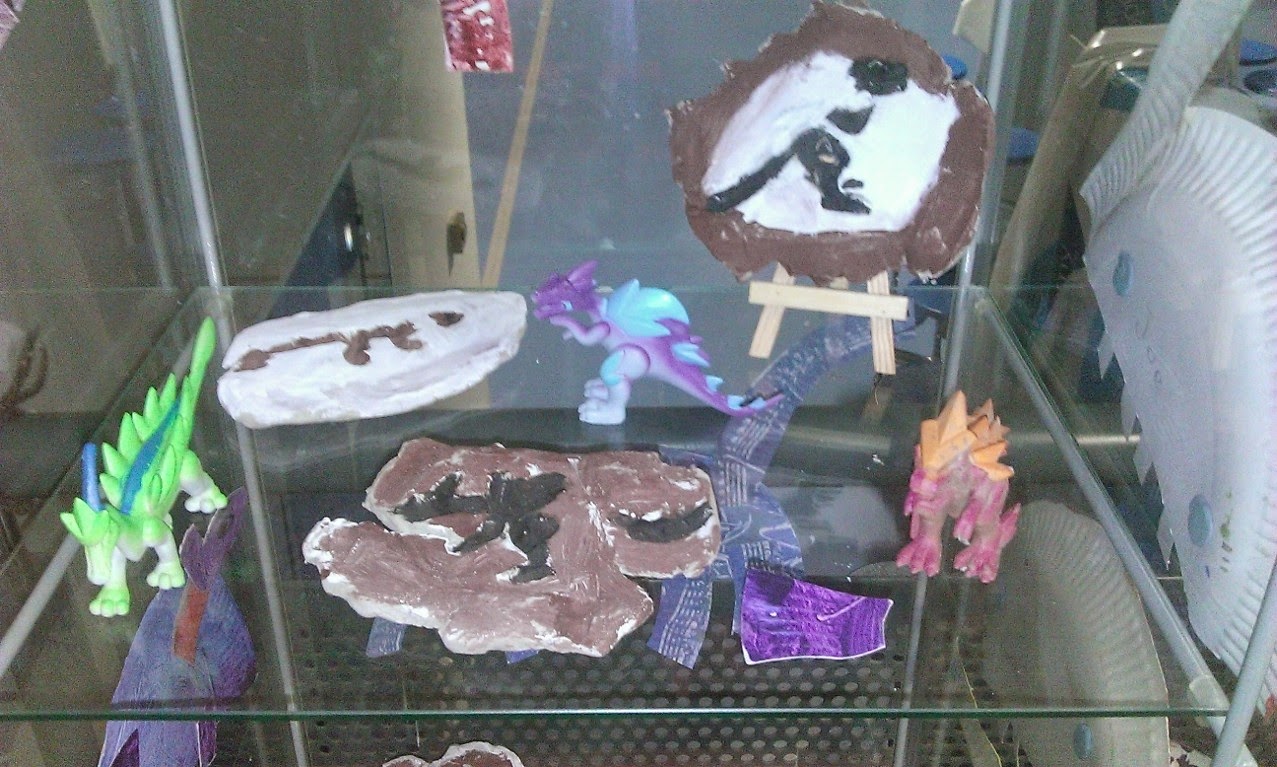Paint Chip Trees
Homemade Christmas Cards can be a really wonderful activity for Children before the end of term. They get to make something that they can give to their parents or loved ones - which means they get the opportunity to experience the way giving a gift feels.
These cards are very cheap and easy to make. Most DIY store stock the paint chips needed to make them and are free to take. I went for traditional green but you can experiment with colour use. If this activity is for a lesson maybe the children could have to select the background and paint chip to be complimentary colours or analogues colours.
Fold your A4 piece of card in half. The position of the card again can be up to you but I went for portrait. On the back of the paint chip draw a isosceles triangle. Use the width of the paint chip as the base line with the triangle coming to a point in the middle of the paint chip. The height of your tree can be adjusted to suit you. If your choosing to position your card in a landscape position maybe you want two or three shorter trees.
Next, fix your triangle shape to the centre of the card. I then stuck a small rectangle for the tree trunk. If you don't have brown paper or card handy, drawing the trunk with pen or pencils would be just as good.
Finally, finish the card with a few snowflake sequins or maybe some silver glitter glue pens.











































